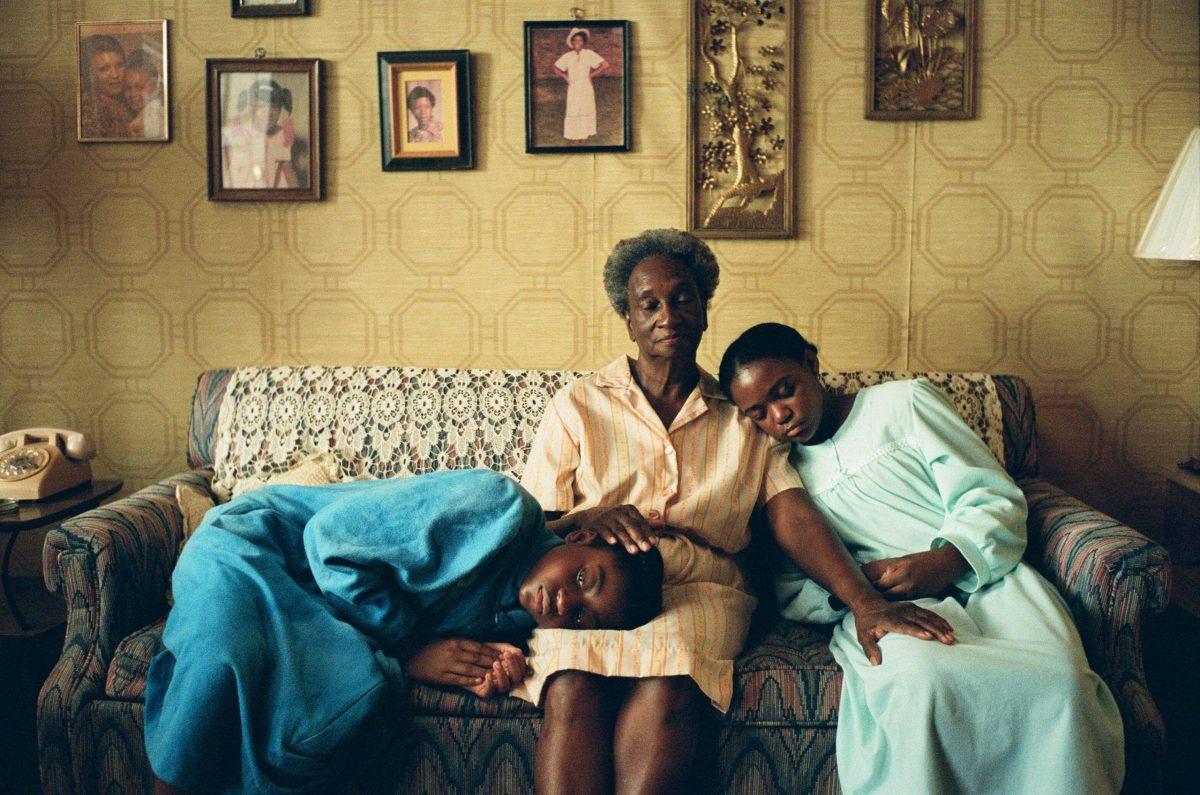Few rap albums can at the same time simultaneously offer heavy, introspective looks into an artist’s life and force the listener to dance in their seat.
Rapper Kendrick Lamar has created a masterpiece that succeeds at doing just that.
To Pimp a Butterfly, Lamar’s 2015 release, is a collection of hard-grooving tracks whose lyrics weave the tale of Lamar’s rise to fame almost as if the rapper were playing at being a novelist. Make no mistake though – this album is not a self-appreciative victory lap, but uses Lamar’s experiences to point out the major problems that he sees in society. Launching straight into his teenage years as a “caterpillar” and journeying all the way to his current day life as a “butterfly,” To Pimp a Butterfly is a 16 track epic that waxes on matters of racism, depression, family, fame and fortune while riding a groove worthy of the dance floor.
From the opening track, “Wesley’s Theory,” Lamar’s lyrical content is brutally honest and hugely creative, never sacrificing his message in order to avoid offense or showcase Lamar’s impressive vocal dexterity (although this album leaves no doubt about that, either). Prominent African-American cultural figures appear all over the record, as Michael Jordan, Nelson Mandela, Michael Jackson, Trayvon Martin and others all receive name drops. The album concludes with a “beyond the grave” interview of legendary rapper 2Pac, Lamar’s largest influence. Lamar’s inventive use of allusion seems to etch his name alongside the aforementioned individuals in history while paying respect to those who went before him.
What sets Butterfly apart from other rap albums is its merging of Lamar’s personal history with modern issues of racism. “The Blacker the Berry” is a scathing attack on racism in America that exposes cultural evils while also admitting Lamar’s own racist hypocrisy during his years in a Compton gang. Early in the album, “u” allows the listener to witness a chilling hotel scene in which a drunken Lamar confesses his demons to a hotel room mirror. The penultimate track, “i,” however, is a self-love party anthem that releases these demons and urges African-Americans to stand together against racism rather than warring amongst themselves. This track also completes Butterfly’s central metaphor, as explained by Lamar on “Mortal Man”: “Although the caterpillar and the butterfly are completely different, they are one and the same.”
Aside from lyrical content, Butterfly is unique for its successful melding of several musical genres. Lamar abandons the electronic setting typically employed in rap music for a host of live musicians. Crossover jazz/hip-hop pianist Robert Glasper is featured on keys, saxophonist Terrace Martin offers jazz stylings throughout, and bassist Thundercat holds down a funky groove on many tracks. Lamar’s genre bending ideas are especially evident on “For Free? – Interlude” – the musicians play as a jazz band rhythm section while Lamar “solos” with his lyrics. Immediately after, “King Kunta” finds him laying down verses on what could pass for a funky Parliament bass line. The convergence of these musical styles not only creates a fascinating, fun album, but shows just how committed Lamar is to his African-American heritage: all of the styles channeled here have roots in black culture. The album is worth a listen just for the tight band backing Lamar.
To Pimp a Butterfly is a triumph both lyrically and musically. Lamar has brought together the highlights of African-American culture to create an album that inspires his audience to celebrate the best things within themselves, live in harmony with others and live life zealously – and his listeners can’t help but just forget everything and dance.






